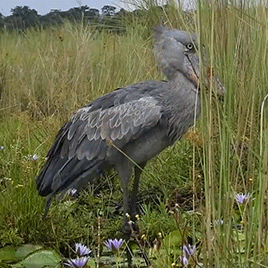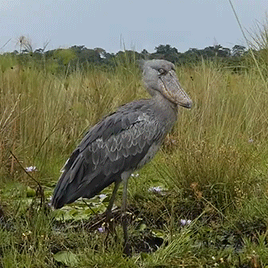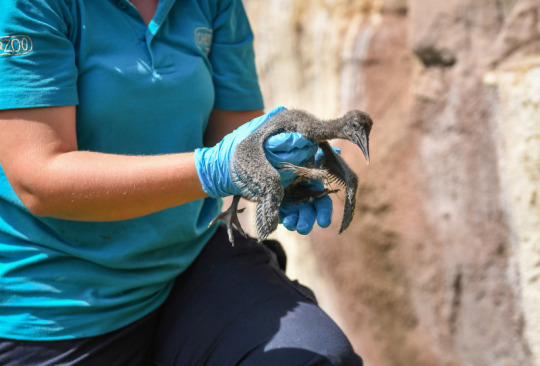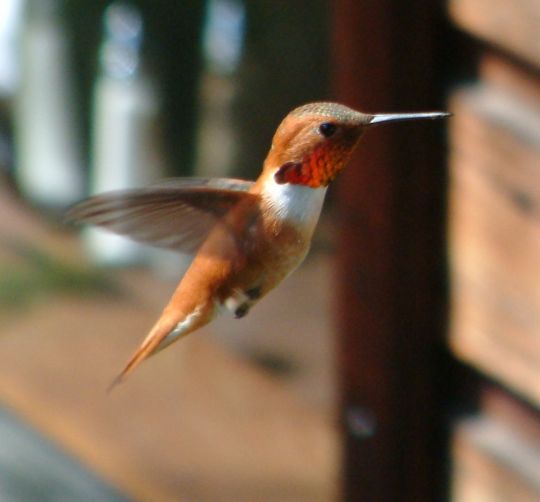#pelecaniformes
Text
day 3
great blue heron

2K notes
·
View notes
Text

A black heron (Egretta ardesiaca) uses its wings to trick fish into the shade in order to snap them up in Abuko Nature Reserve, Gambia
by Steve Garvie
#black heron#black egret#herons and egrets#egretta ardesiaca#egretta#ardeidae#pelecaniformes#aves#chordata#wildlife: gambia#wildlife: africa
3K notes
·
View notes
Text

Grey Heron
1K notes
·
View notes
Text




🪶👞shoebill stork👞🪶
410 notes
·
View notes
Text





Northern Bald Ibis
Source: Zooborns
2K notes
·
View notes
Photo

Least Bittern (Ixobrychus exilis)
© Mike Streicher
3K notes
·
View notes
Text

[2443/11080] Cinnamon bittern - Ixobrychus cinnamomeus
Order: Pelecaniformes
Family: Ardeidae (herons)
Subfamily: Botaurinae (bitterns)
Photo credit: Feihong Huang via Macaulay Library
174 notes
·
View notes
Text



A Shoo-in Shoebill Stork
The shoebill stork, also known as the whalebill stork or Balaeniceps rex is in fact not a stork at all, but a long-legged wading bird belonging to the family Pelecaniformes. This species can be found in the central African tropics, from southern Sudan to northern Tanzania. Within this range, they mainly inhabit freshwater swamps and dense marshes, particularly those with deep water large reed beds.
Balaeniceps rex is often referred to as a dinosaur among birds due to its fearsome appearance. The average individual stands 1.1-1.4 m (3.6-4.5 ft) tall and has a wingspan of 2.3 to 2.6 m (7.5 to 8.5 in). However, adults are quite light, weighing only 4 to 7 kg (8.8 to 15.4 lb). Males tend to be larger than females, but otherwise the two sexes look identical. Adults have dark grey plumage with a lighter belly and darker wings. Their most striking feature is their beak, which is extremely large and can be said to resemble a wooden show (hence the name).
The shoebill's beak is very useful for catching its primary prey: fish. B. rex consumes a variety of species, including lungfish, catfish, and tilapia, as well as non-fish items like water snakes, frogs, turtles, mollusks, and even young crocodiles. Shoebills typically stalk their prey, or stand perfectly still and wait for their prey to come to them, before quickly snatching it up and decapitating it with the sharp edges of their beaks. Because of their large size and strong bills, adults are seldom prey for other animals, and they defend their nests fiercely from predators like snakes and other birds.
Outside of the breeding season-- and even during it-- shoebills are extremely territorial. Not only do they chase potential predators away from their nests, both males and females will fiercely defend their territory from other shoebills.
Breeding begins in the dry season, typically in in May, and lasts until about October. Once a male and female form a pair, they remain together for the duration of the mating season. They build a nest from floating vegetation, and 1-3 eggs are cared for by both parents; in addition to being incubated for warmth, one parent may also occasionally pour a beak-full of water over the eggs to keep them cool during the hot summer day. The eggs hatch about 30 days after being laid, and young are fed continuously-- though usually only one chick survives to adulthood. At 125 days old they become fully independent and leave to establish their own territories. The average individual can live up to 35 years in the wild.
Conservation status: The IUCN lists the whalebill stork as Vulnerable. Current wild population estimates sit at about 5,000-8,000 individuals. Primary threats include poaching for the zoo trade and consumption, habitat destruction, and pollution.
If you like what I do, consider leaving a tip or buying me a kofi!
Photos
Santiago Caballero Carrera
George Amato
Mana Meadows
#shoebill stork#Pelecaniformes#Balaenicipitidae#wading birds#birds#wetlands#wetland birds#freshwater fauna#freshwater birds#africa#central africa#animal facts#biology#zoology#ecology
160 notes
·
View notes
Text
Taxonomy Tournament: Birds


Strisores. This clade is made up of various small birds, such as swifts, hummingbirds, and nightjars.
Pelecaniformes. This order of seabirds contains pelicans, herons, ibises and shoebills
#animals#biology#polls#poll tournament#zoology#swifts#hummingbirds#birds#tetrapods#pelicans#herons#ibises#Strisores#Pelecaniformes#0x38v0x47
74 notes
·
View notes
Photo

Least Bittern (Ixobrychus exilis)
© Mike Streicher
781 notes
·
View notes
Text



Western Cattle Egret
Bubulcus ibis ssp. ibis
West Coast National Park, Western Cape, South Africa
-33.109487, 17.987095
by mario_mairal
#birds#western cattle egret#cattle egret#bubulcus#genus bubulcus#ardeidae#family ardeidae#herons egrets and bitterns#pelecaniformes#order pelecaniformes#south africa#south african birds#ornithology#flowers#m
96 notes
·
View notes
Text


36 notes
·
View notes
Text

A flock of scarlet ibis (Eudocimus ruber) rest in a tree in Trinidad
by Laurence Green
#scarlet ibis#ibis#birds#eudocimus ruber#eudocimus#Threskiornithidae#pelecaniformes#aves#chordata#wildlife: trinidad#wildlife: south america
1K notes
·
View notes
Photo

Glossy Ibis
537 notes
·
View notes
Text

The satoyama of Machida city, Tokyo is my home ground, where I spent several years before entering grad school in ecology, going there every week to learn the attitude of facing living things. I often visited there as a place for nature guiding after I went to the grad school, but it was hard to find the time to go there to immerse myself in my own nature observations.
With a local female naturalist whom I respect so much, I took a precious trip to recall my origins while walking through the spring in Machida for the first time in seven years. The woman was over 70 years old and climbed up a steep slope faster than me without losing her breath. She is a person who knows all about the flora and fauna in the satoyama. What fun it was to follow her back and observe the creatures.
In my study of ecology over the past several years, I have been conscious of the perspective of "analyzing" living organisms, but this was a moment that made me question once again the meaning of "loving" living organisms.
The photo is a Great egret, Ardea alba.
生態学の大学院に入る前の数年間、毎週欠かさず通って生物に向き合う態度を学んだ町田の里山は、私のホームグラウンド。ネイチャーガイドの場としては進学後もよく訪れていましたが、自分の観察のために没頭しに行く時間はなかなか取れず。
尊敬する地元の女性ナチュラリストの方と、7年ぶりに町田の春をじっくり歩いた一日は、自分の原点を思い起こす小さな旅になりました。70歳を超えながら急坂を私より速く息も切らさず登っていく、里山中の動植物を知り尽くす人の背中を追いつつ生物の足跡を辿る時間の、なんと楽しいことでしょう。
ここ数年、生態学を学ぶ中で生物を「分析」する視点を意識してきましたが、生物を「愛でる」ことの意味を、改めて胸に問いかけるひと時でもありました。
写真はダイサギ。
Tokyo Met. 東京都 2024-03-17
#bird#animal#wildlife#nature#naturephoto#natorephotography#spring#march#japan#tokyo#machida#egret#heron#Ardea#Ardeidae#Pelecaniformes
15 notes
·
View notes
Text



Roseate Spoonbill
Sources: Brevard Zoo, Space Coast Daily
2K notes
·
View notes